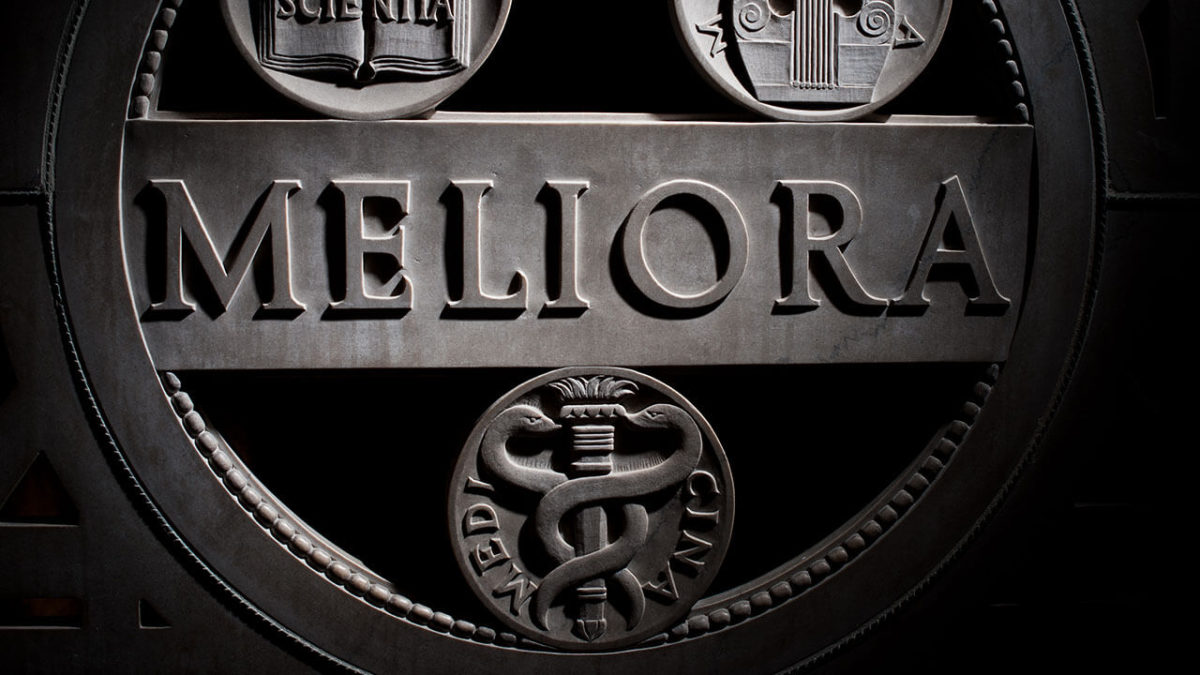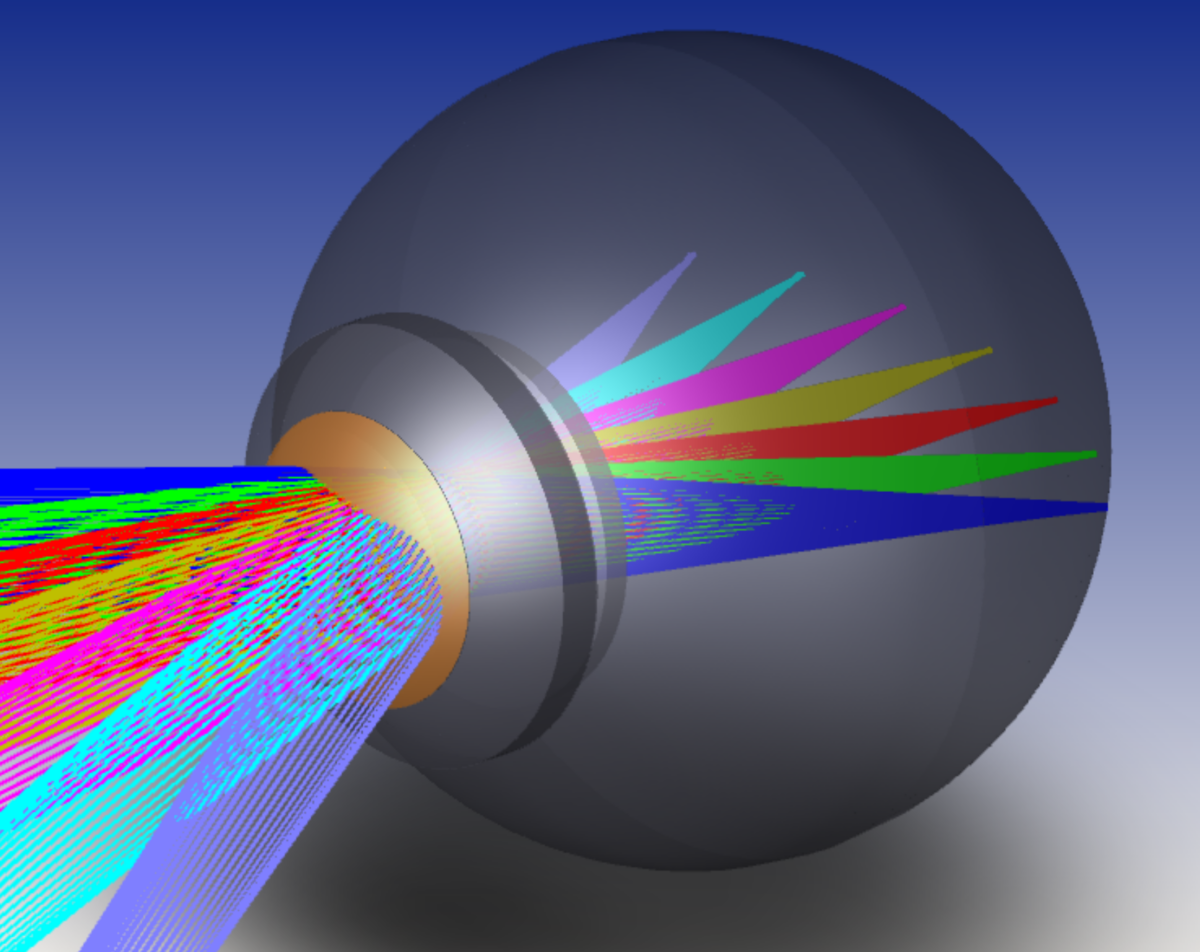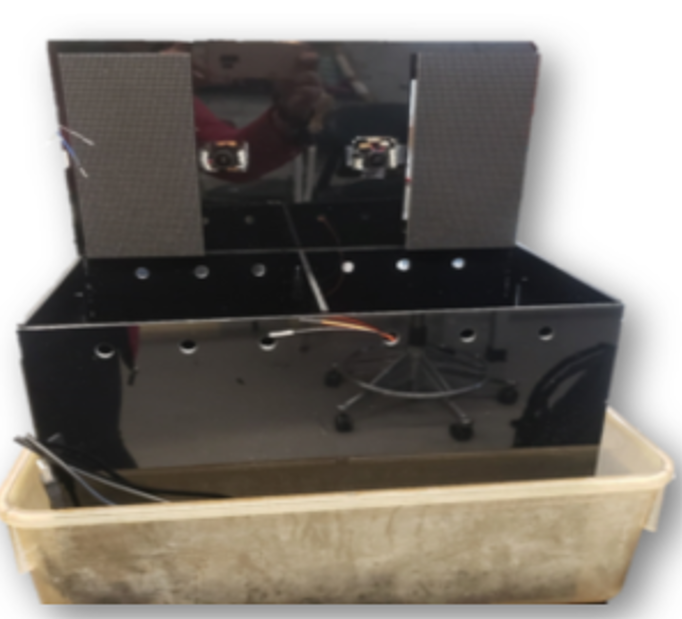
OPT OPE Archive
ASML Computational Imaging to Compensate Optical Aberrations
April 28, 2023
The purpose of this project is to create a computational algorithm capable of taking an aberrated image and correct it to a sharp high contrast image. We used optical design…



